Conceptual Design
This is the first step and one of our favorite phases of the idea-to-certification cycle. What is your mission. We will find a solution. We can start from a blank sheet of paper or from a design provided to us to form the functional configuration, flight performance estimation, aerodynamic and structural preliminary design, weight & balance estimate and ergonomic study. Concurrently we also prepare 3D CAD models, define project phases, work on usability and market estimation reports with a gross budget estimation. Our Ph.Ds and engineers have worked in the field for over twenty years and can support you either from the beginning or simply providing a validation to increase the success of your project when pitching to investors or for a research grant.
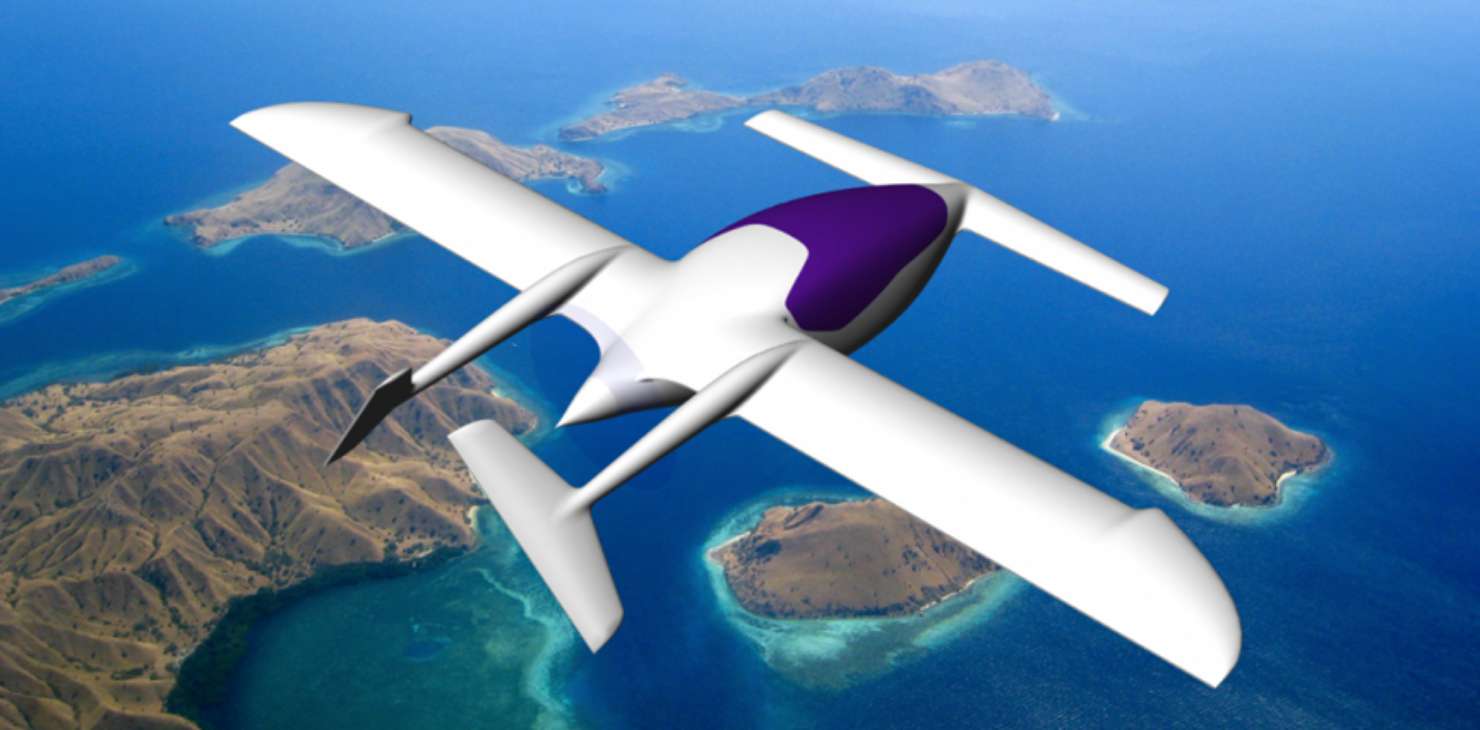
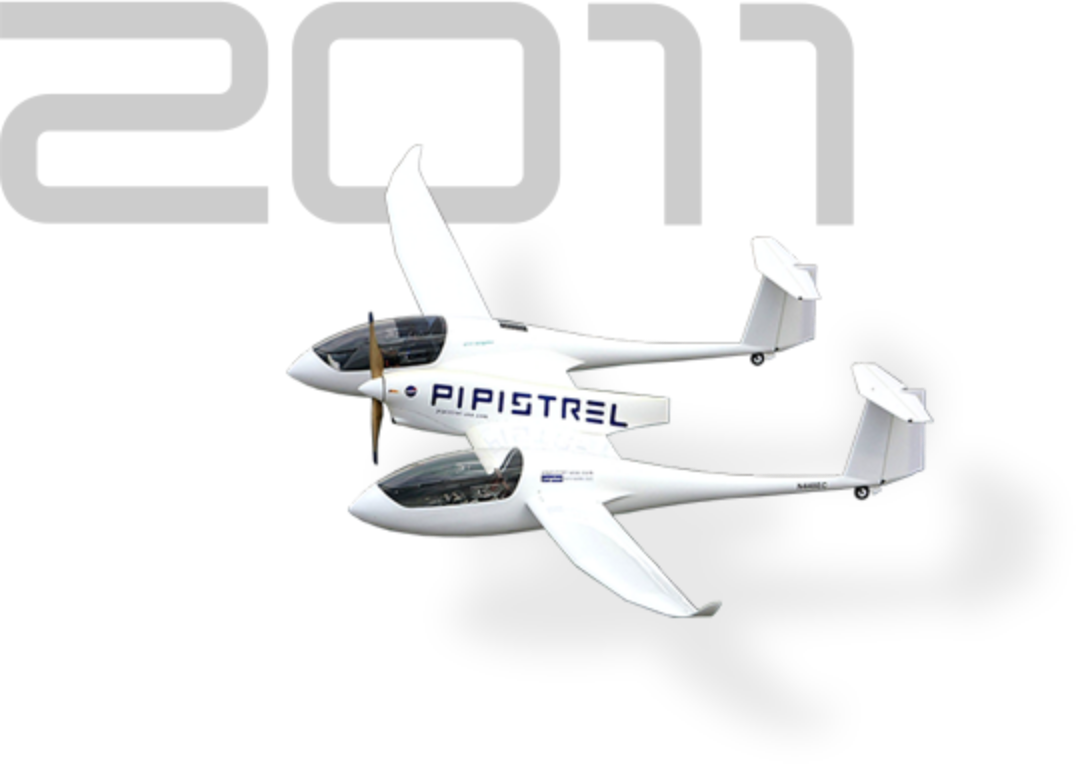
Success Story
In 2011, the NASA launched the competition with the largest prize in aviation history (1.3M$) to develop an electric powered aircraft capable of flying 200 miles in less than one hour using the energy equivalent of 1 gallon of fuel per passenger. The minimum efficiency criteria figure – in passengers miles per hours (pmpg) – was 200, but Pipistrel won the competition by totaling 403 pmpg. The innovative winning aircraft, the Taurus G4, features a twin fuselage concept with a large central wing housing the most powerful electric aviation motor ever developed (145Kw) at the time. The victory proves that out-of-the-box thinking sets new milestones in aviation.
Aerodynamic Analysis & Design
Pipistrel is known worldwide for aerodynamically efficient aircraft design and can work with you to improve the aerodynamics of your design. Pipistrel exquisite design was awarded many times by NASA. The agency declared the Virus SW as the world’s most efficient light sport aircraft in the PAV Challenge in 2007 and the GAT Challenge in 2008. In 2011 the Taurus G4 won the third NASA challenge, the Green Flight Challenge, proving Pipistrel’s aerodynamic design capability worldwide. Panthera is the most aerodynamic four-seat Part-23 aeroplane.
We perform complete aerodynamic design and all CFD (Computational Fluid Dynamics) analysis on your project. CFD analysis reduces the development time and costs compared to the wind tunnel and a high performance computing cluster is available for more demanding designs. Pipistrel tools allow to characterize external and internal flows. Dedicated software has been developed in-house for development, customisation and optimization of propellers and airfoils.
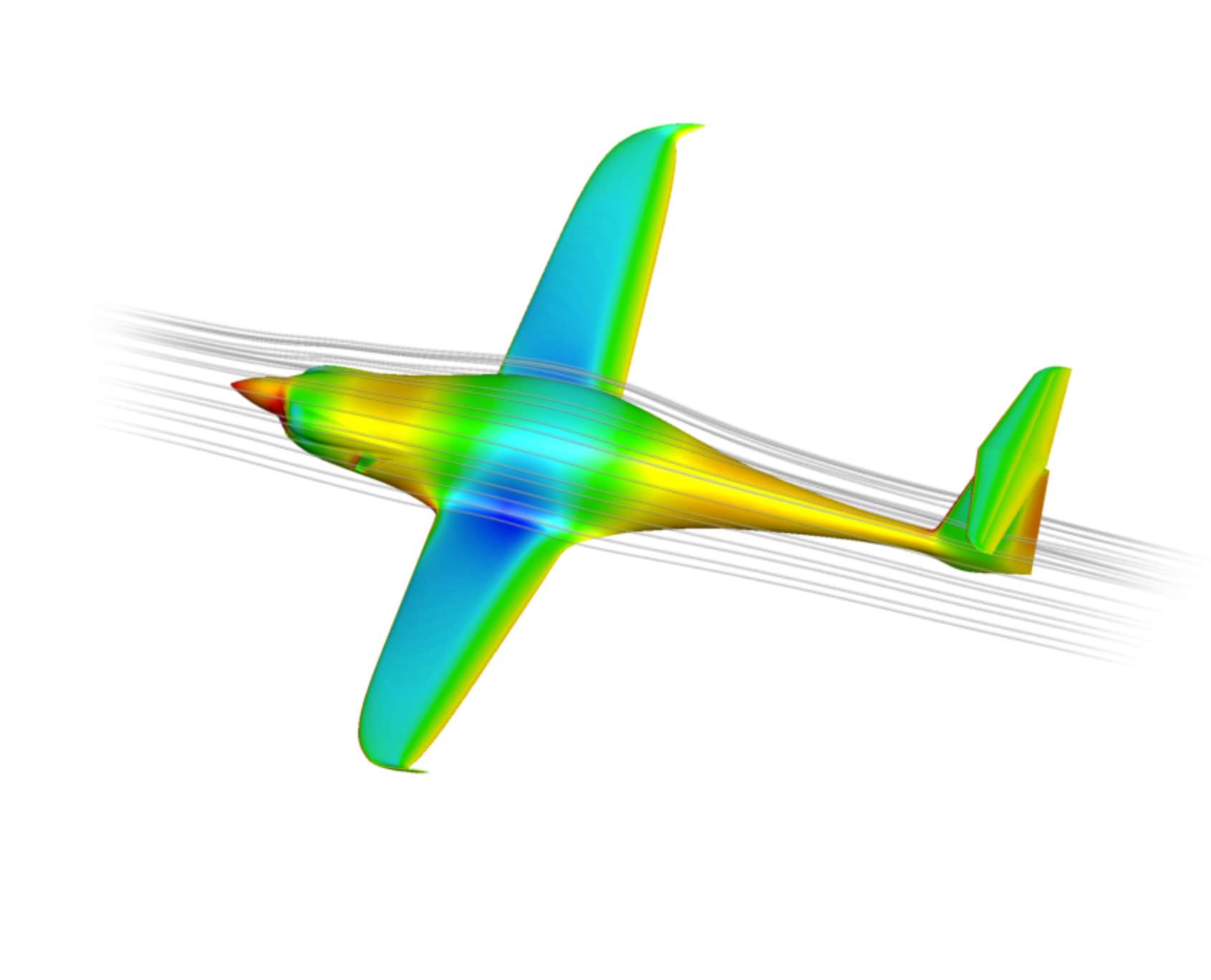
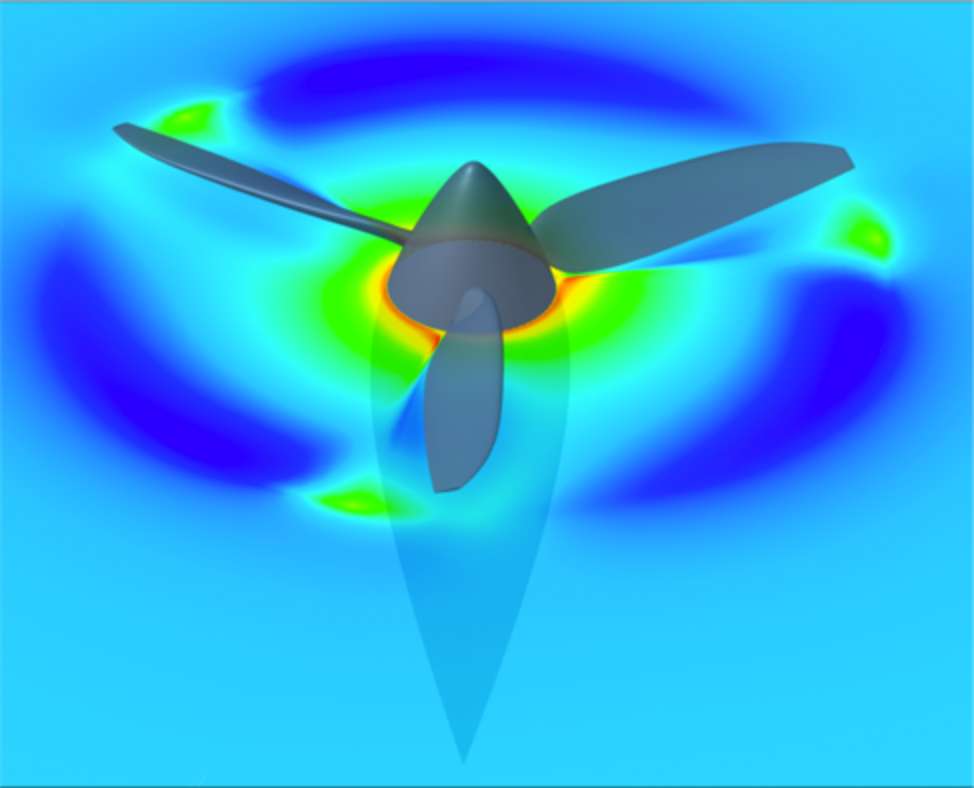
Success Story
In 2011, the NASA launched the competition with the largest prize in aviation history (1.3M$) to develop an electric powered aircraft capable of flying 200 miles in less than one hour using the energy equivalent of 1 gallon of fuel per passenger. The minimum efficiency criteria figure – in passengers miles per hours (pmpg) – was 200, but Pipistrel won the competition by totaling 403 pmpg. The innovative winning aircraft, the Taurus G4, features a twin fuselage concept with a large central wing housing the most powerful electric aviation motor ever developed (145Kw) at the time. The victory proves that out-of-the-box thinking sets new milestones in aviation.
Structural Analysis and Design
Pipistrel can assist you in the structural design and analysis phase of your project using FEM (Finite Element Modeling) software with decades of expertise in composite strucutures. FEM can predict structural materials’ behavior under various load conditions and allows the study of stress and strain responses. We use in-house load assumption tools and finite element models (FEM) to design and analyze and optimize reliable structures.
We can apply to our models appropriate surface pressure distributions, obtained from our aerodynamics department, to fully cover structure loading. Buckling and structural stability, modal and non-linear analyses are further examples of how FEM is used here. Modal analysis of airframe vibration can point out possible flutter issues in early design phases. It can be used for modeling the whole aircraft or only subparts.
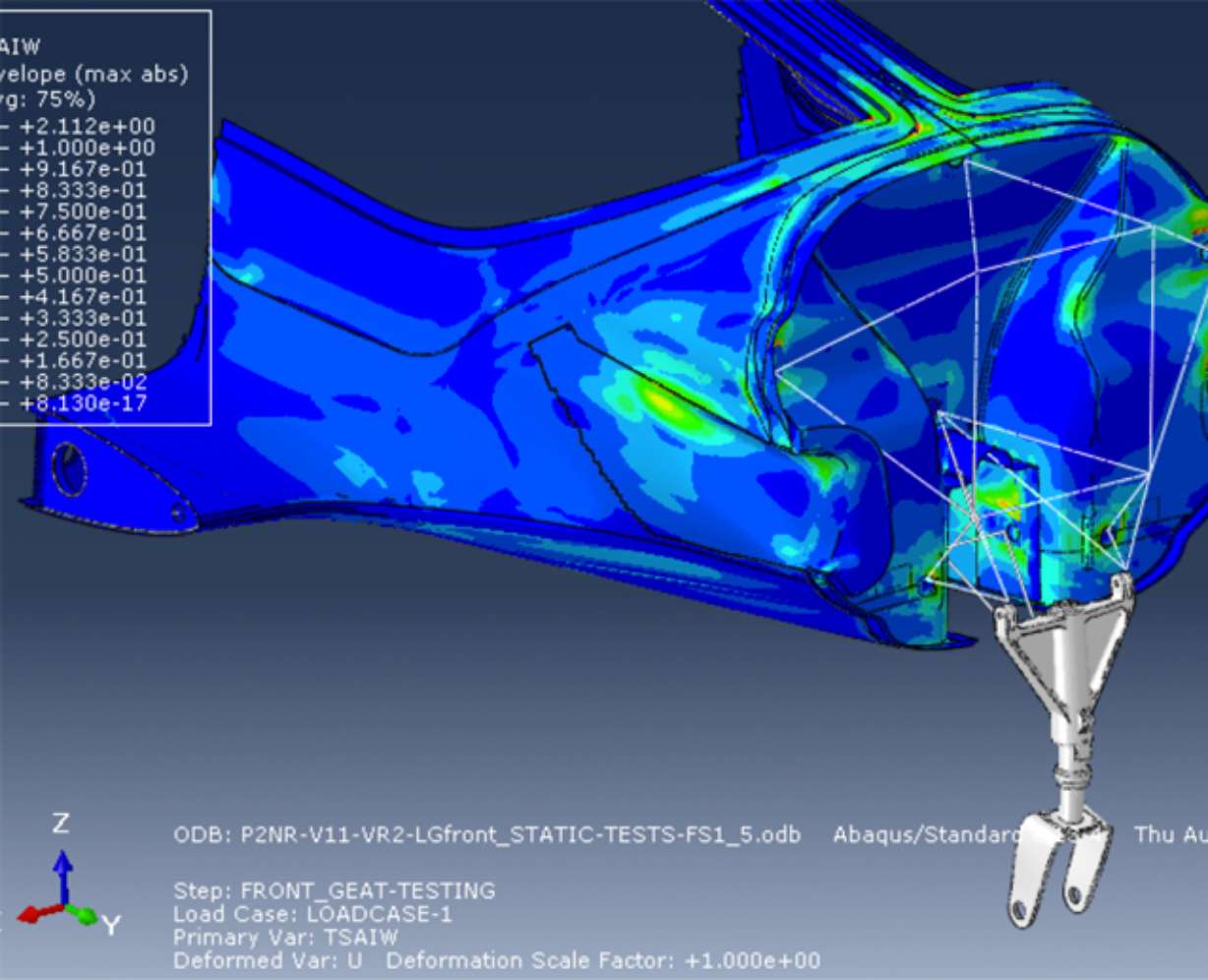
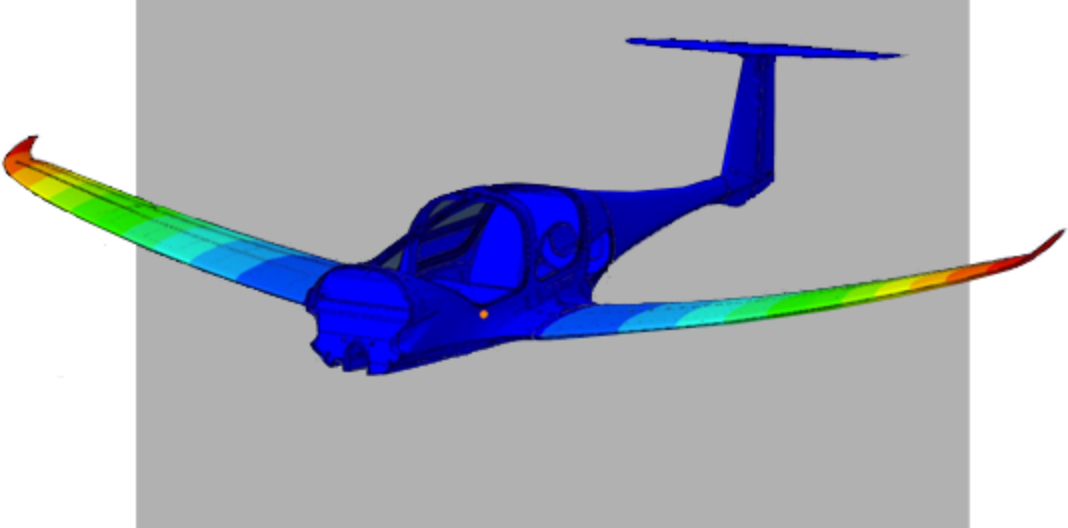
Success Story
Panthera
Virus SW 121
Virus SW 128
Flutter 121
Systems Design
We are experienced in the design and integration of aircraft systems: flight controls, servo drives and actuators, avionics, electrical, propulsion-class batteries, traditional and autonomous fuel management, landing gear, special payloads e.g. radars, IO/ER as well as environmental control systems have been integrated into Pipistrel vehicles. We have also been involved with unique systems such as ballistic parachute rescue systems and eVTOL drives.
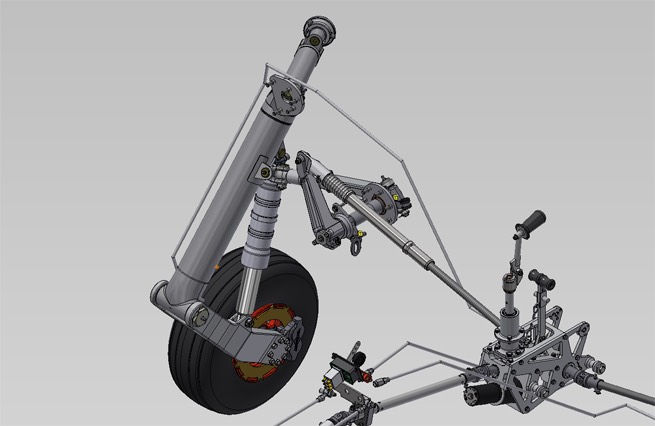
Electric and Hybrid Powertrains
The development of powerful and lightweight electric engines is opening the possibility of electric powered flight. Electric engines require almost no maintenance, their power is independent of altitude and allows the use of distributed propulsion. Pipistrel has been the world’s first company to develop and deliver a two seat electric powered glider, the Taurus G2 in 2007. In 2011, the Taurus G4 has been the world’s first electric four seater to fly in the world. Flown in 2014, Wattsup, the two seat electric trainer entered in production under the name Alpha Electro in 2016. Hypstair was the ground-based demonstrator of the most powerful series-hybrid to date.
We have assisted several customers in developing electric projects including NASA, where the advanced know how developed in aviation battery management systems (hardware and software) has been Pipistrel key advantage. In 2016 Pipistrel carried out design, integration, structural and flight testing of the Hy4, a hydrogen powered four-seat airplane by the German Aerospace Center (DLR). We can also assist you in the design and airframe integration of all electric and hybrid powertrains for conventional-takeoff and VTOL class aircraft.
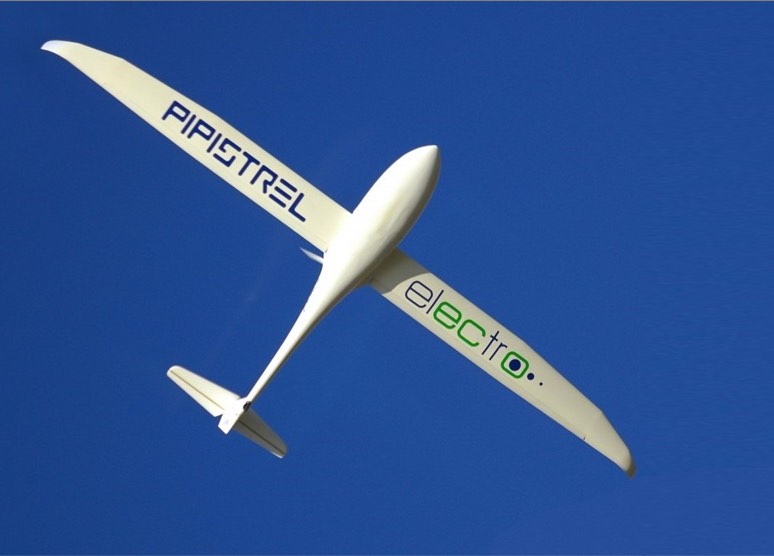
Avionics and Electronics Design
Pipistrel has developed unique skills and capabilities when it comes to aircraft electronics. With in-house design and prototyping of custom electronics boards, developing tailored software, or interfacing off-the-shelf solutions to your systems to achieve special functionality – we have you covered.
We have built custom HMI interfaces, handles, displays for our cockpits, and we carry out in-house development of all electronics for electric flight (power controllers, displays, HMI, vehicle control computers, BMSs, chargers etc.)
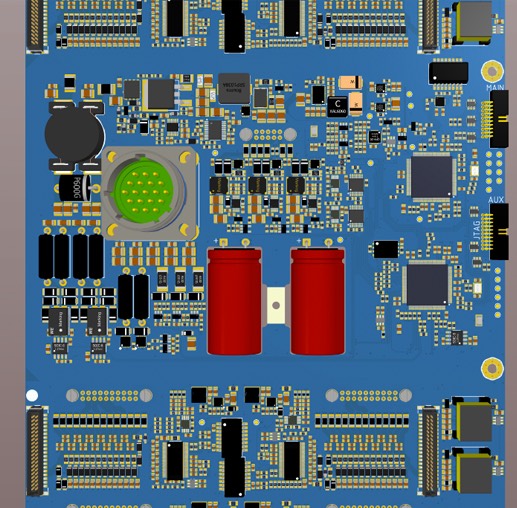
Structural Testing
Pipistrel has a dedicated facility for structural testing of full-scale airframes and aircraft components with temperatures up to 65°C (150°F). Force, deflection, acceleration ,strain measuring sensors synchronized with high speed video footage by state of the art measurement amplifiers are used to verify if the structural behavior is in accordance with planned response. Either for structure verification before the first flight or as a part of an EASA (European Aviation Safety Agency) certification program, Pipistrel, as Design Organization approved by EASA, can assist you in defining and performing the required ground and flight tests demonstrating the compliance to design standards.
For flight testing, we can equip your prototype with multichannel data logging equipment to record flight data, pilot inputs and dedicated sensor inputs as well as assist your test flight by providing test pilots and chase aircraft. We are also able to measure noise by approved methods and measure airport-level aircraft performance, such as take-off and landing distances with the ultra-high precision RTK GPS method.
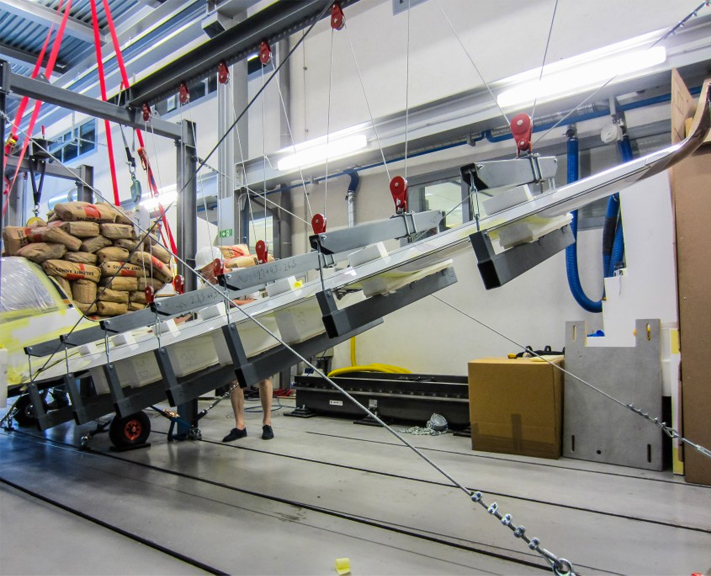
Flight Testing
Flight testing may well be the most celebrated step of the idea-to-certification cycle. Not only do we get the satisfaction of seeing something we created in the air, the entire Pipistrel family joins together to celebrate. To get to flight test, a robust test plan is developed and executed to ensure appropriate incremental validation. Data is collected at each step and evaluated to inform on handling qualities and potential design modifications. This process is repeated until we meet full envelope expansion and achieve the ultimate goals of the project. We have developed and operate unique data-logging equipment that is portable and able to synchronise air-data, flight-control data, propulsion-system data, structural data, cockpit and ATC audio, multiple video feeds and position data.
We have built custom HMI interfaces, handles, displays for our cockpits, and we carry out in-house development of all electronics for electric flight (power controllers, displays, HMI, vehicle control computers, BMSs, chargers etc.)
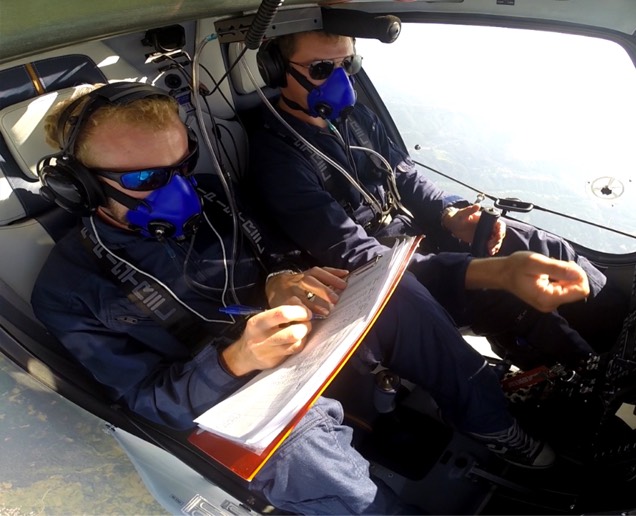
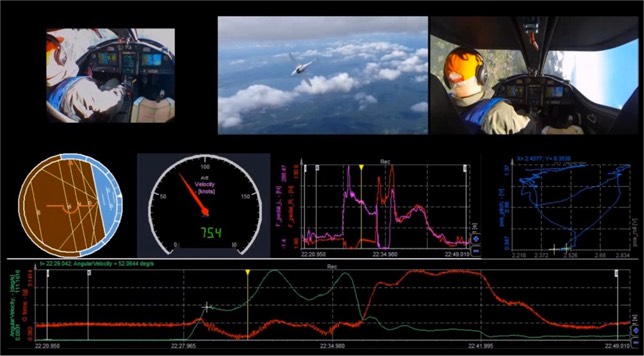
Success Story
To demonstrate spin recovery characteristics for Panthera, we equipped the prototype with sensors measuring pilot’s input force, stick and pedal positions, rudder and elevator position and a high-end inertial measurement unit with RTK-GPS capability. The certification plan required recovering a spin for over 200 flight configurations, with increasing severance. For each case, sensors, video and pilot observation demonstrated that the spin can be recovered in less than one turn.
Prototype Construction and Tooling
Once completed the design, the prototype construction brings your concept to life. With a long tradition in building composite aircraft, we can speed up your construction and build in a cost effective way your prototype. Compared to metal constructions, composites are superior in surface shaping, they do not suffer from corrosion and are fatigue resilient.
When your financial investment is focused on building your design and not on acquiring prototyping machines, we can offer our tooling services. In 30 years of activity, Pipistrel has developed a broad experience in working with metal and composite materials. The in-house prototyping facility offers one of the largest 8 axis robot in Slovenia for milling, a 5-axis waterjet cutter, 3d printers and scanners with a wide selection of CNC machines in our district. Starting from your CAD design we can program the tool-path information for building not only aircraft, but also yacht parts, automotive components or racing bicycle shells.
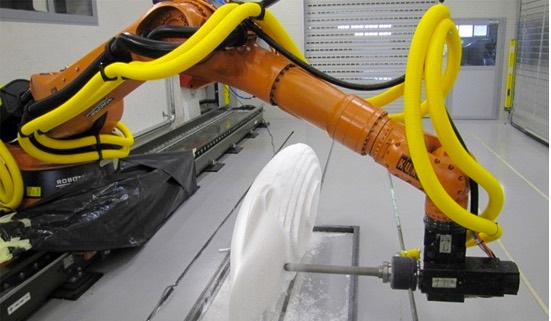
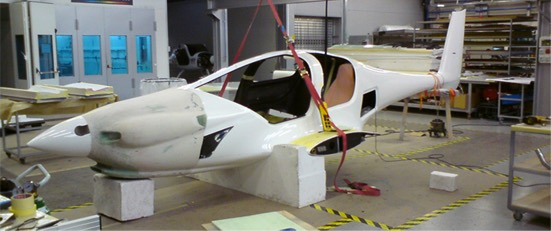
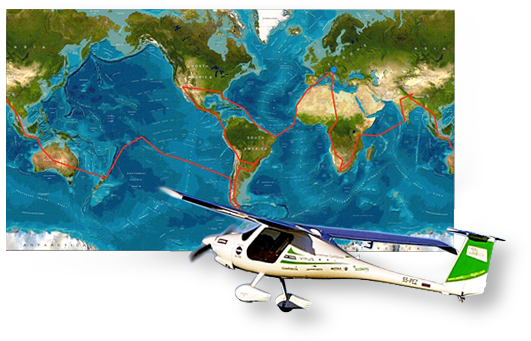
Success Story
Mr Matevž Lenarčič dreamed to embark on a flight around the world to measure the carbon concentration over major uninhabited areas. This environmental protection mission, called World Green Flight, required to fly over high mountains, including the Mt Everest and cross large ocean sections, as example the 4000 km from Chile to Easter island. For this special mission, in five months Pipistrel developed a prototype of the Virus SW equipped with a Rotax 914 turbo engine, Stormscope and Garmin certified avionics, as well as integrating the aircraft with extended range fuel tanks to guarantee the required mission profile. The mission was successfully flown in 2012 bringing to Mr Lenarčič the title “aviator of the year 2013” from the magazine Flight Global.
Certification and STC
In December 2014 Pipistrel was awarded the Design Organization Approval number 21J.524 by the European Aviation Safety Agency. Pipistrel Vertical Solutions has the privileges for designing and certifying conventional and electric CS-LSA and CS-23 aircraft and belonging systems, as well as engines, including electric and propellers. Supplementary type certificate (STCs) can be obtained for CS-22, CS-23, CS-LSA and CS-VLA categories.
